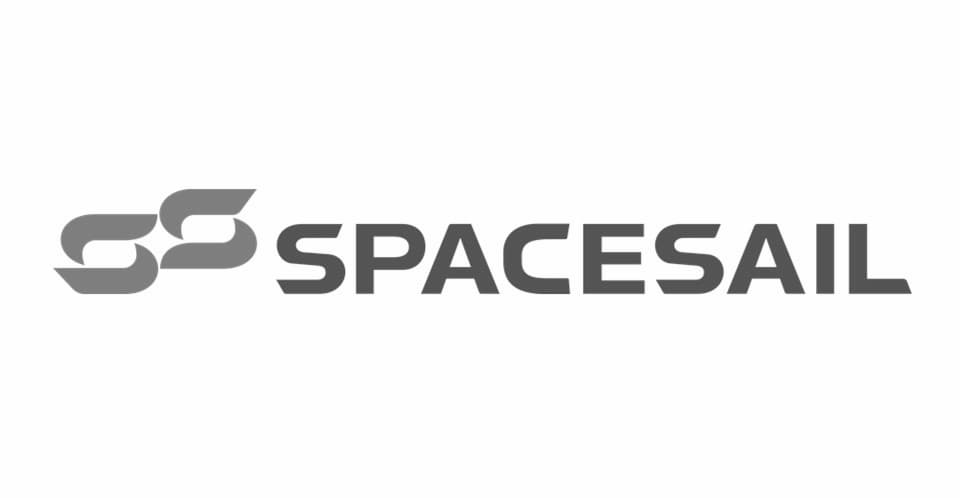
Elon Musk’s Starlink, the pioneering satellite internet service, is encountering escalating competition from China’s state-backed SpaceSail and Amazon’s Project Kuiper. SpaceSail, headquartered in Shanghai, has embarked on an ambitious expansion, aiming to deploy up to 15,000 low-Earth orbit satellites by 2030. This initiative seeks to challenge Starlink’s current dominance in the high-speed satellite internet sector.
Since its inception in 2020, Starlink has launched approximately 7,000 LEO satellites, with plans to increase this number to 42,000 by the end of the decade. The service has garnered a substantial user base, particularly in remote regions where traditional internet infrastructure is lacking. However, the emergence of formidable competitors like SpaceSail signifies a shifting landscape in the satellite internet industry.
SpaceSail’s rapid growth is underscored by international agreements, including partnerships with Brazil and Kazakhstan, to provide satellite internet services. The company plans to deploy 648 LEO satellites by the end of 2025, marking a significant stride toward its 2030 goal. This expansion is part of China’s broader strategy to enhance its global presence in space technology and telecommunications.
The Chinese government’s support for SpaceSail is evident through substantial investments and policy initiatives. In November 2023, Shanghai’s municipal government announced plans to facilitate the launch of 50 commercial rockets annually, primarily for deploying Qianfan satellites, also known as the “Thousand Sails” constellation. This project aims to establish a global satellite internet network, positioning China as a significant player in the space-based internet domain.
Despite these advancements, concerns have been raised regarding the potential extension of China’s internet censorship through its satellite networks. Western policymakers express apprehension that China’s control over its satellite internet services could lead to the proliferation of its stringent information control policies on a global scale. This issue highlights the geopolitical implications of the expanding satellite internet market.
In addition to SpaceSail, Amazon’s Project Kuiper is poised to enter the fray, with plans to launch its own constellation of LEO satellites. Backed by Amazon founder Jeff Bezos, Project Kuiper aims to provide high-speed internet access to underserved communities worldwide. The project’s progression further intensifies the competition in the satellite internet sector, promising more options for consumers and fostering innovation among service providers.
The competitive dynamics of the satellite internet industry are also influenced by regulatory and operational challenges. For instance, SpaceX, the parent company of Starlink, has engaged in disputes over radio spectrum allocations, seeking to modify international power limits on LEO satellite transmissions. This move aims to enhance Starlink’s network capacity and speed but has faced opposition from geostationary satellite operators and various governments, reflecting the complex regulatory environment governing space-based communications.
The rapid deployment of satellite constellations has raised concerns about space debris and orbital congestion. In August 2024, a Chinese Long March 6A rocket disintegrated in space, generating over 700 pieces of debris and endangering more than 1,000 satellites and objects in Earth’s orbit. This incident underscores the necessity for stringent space traffic management and debris mitigation measures as more entities launch satellites into LEO.



